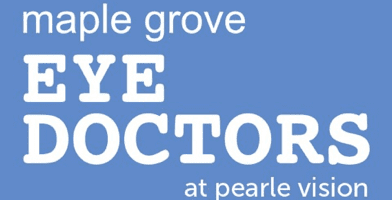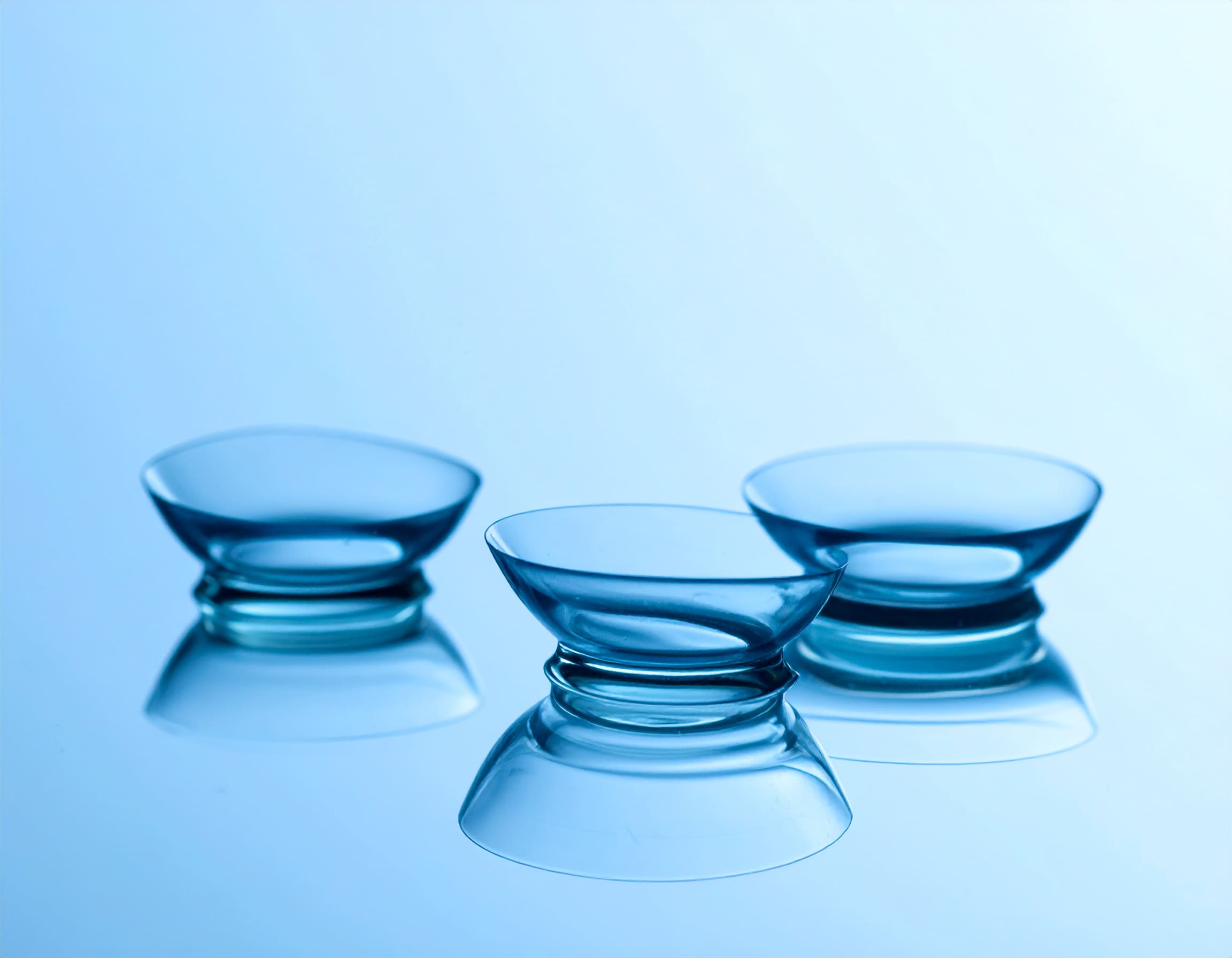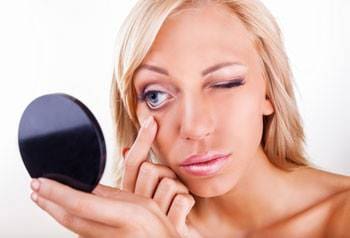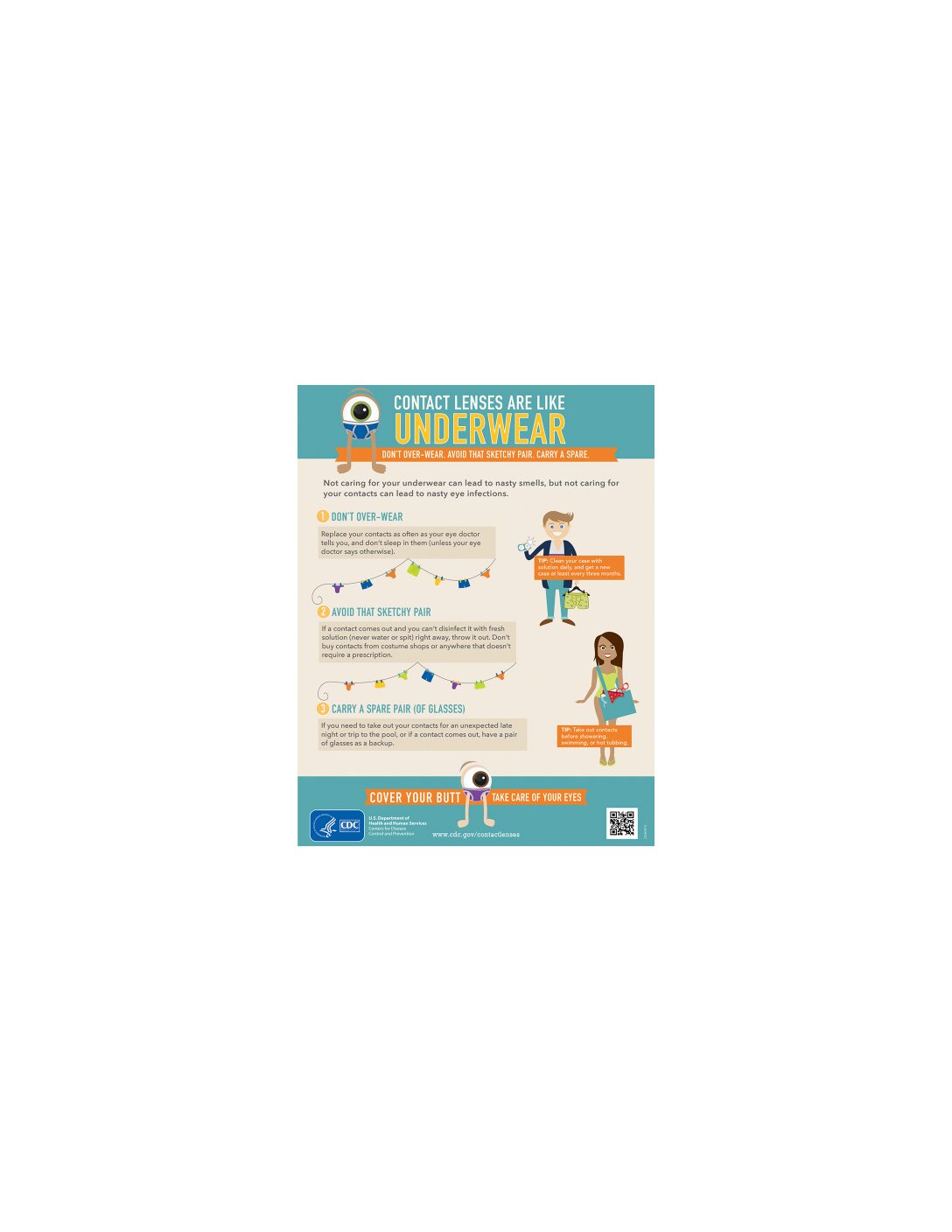Hard Contact Lenses vs. Soft Contact Lenses
Are you considering using contact lenses to improve your vision? Visit your optometrist today, and they will be able to suggest the best options for you. Primarily, two types of contacts are available in the market: Hard Contact Lenses and Soft Contact Lenses. Both have a unique characteristics and are popular among kids and adults alike. Below is a quick comparison of hard contact lenses vs. soft contact lenses so you can choose the one that best suits your vision needs and personal preferences.
What Are Hard Contact Lenses?
Hard contacts or RGP (rigid gas permeable) lenses are made of hard plastic to sit on your cornea and improve your vision. These corrective lenses allow more oxygen into your eyes and let the cornea breathe better. If your cornea does not receive enough oxygen, it can swell and encounter refractive errors and blurry vision. Your optometrist can custom-make hard lenses for your eye shape to offer optimal results. They would also suggest using the lenses daily. With proper care, your lenses should be able to last up to a year.
Pros
- Easy lens insertion and removal
- Are durable and easy to handle
- Provide crisp and clear vision
- Help slow the progression of nearsightedness or farsightedness
Cons
- Need a strict care routine
- Can dislodge easily
- Have a longer adaptation period
- Not suitable for part-time wearers
Hard contacts are recommended for dry eye disease, astigmatism, myopia, keratoconus, age-related vision issues, and someone with a high prescription. These lenses are also recommended if you have allergies or get protein deposits on your contacts. Hard contacts aren’t meant to be slept in. Speak to your eye doctor to determine if RGP lenses are a good option for your needs.
What Are Soft Contact Lenses?
Soft contacts are water-absorbing, flexible, day-to-day lenses made of hydrophilic materials and are very popular. These remain soft when stored in a hydrating solution and offer unparalleled comfort and clear vision, even with extended wear. There’s a shorter adaptation period, and they’re available in daily, bi-weekly, or monthly disposable options. You can also find these in multifocal options.
Pros
- Comfortable and easy to adjust to
- Disposable options are convenient and safe
- Available in colored and UV protection options
- Don’t fall out as easily
Cons
- Absorb irritants quickly
- Tear or rip apart easily
- Develop bacteria if not disinfected properly
- Susceptible to lipid and protein deposits
Soft lenses are versatile, moisture-rich, and ideal for people with various vision needs. If you have certain eye diseases, allergies, intolerances, or a unique prescription, you might not be able to wear soft contacts. Your eye doctor will be able to provide recommendations for which soft contact lens options will work best for your needs.
Key Differences
Some people prefer hard contacts, but nearly 90% of contact lens wearers today are shifting to soft ones. Why? Most people choose soft contacts because they’re more comfortable to wear. The materials are substantially different. Beyond this, several other factors differentiate the two types of lenses.
Vision Quality
Hard contacts usually provide better clarity. They can be more suitable for people with astigmatism and other cornea-related issues. Soft contacts, on the other hand, may provide slight less sharp vision than hard contacts but are sufficiently crisp.
Durability
RGP lenses use a rigid material making them more durable. These can withstand most wear and tear. However, soft lenses aren’t that resistant. You must frequently replace your soft contacts and get new pairs to maintain vision clarity and comfort.
Cost
The initial cost of hard lenses can be expensive, but their longer life can make them cost-effective over time. Soft lenses need to be frequently replaced, For this reason, Over the long term the cost of hard contacts and soft contacts are comparable.
Maintenance
Where soft lenses need to be cleaned with only a saline solution to prevent infections or debris buildup, hard lenses require a more thorough routine with specific cleaning solutions and handling techniques.
Comfort
RGP lenses stay clear, harbor fewer deposits on your tear film, are breathable and have superior optics. They take longer to become adjusted to. Soft contacts are more comfortable from the moment you put them on but can cause dry eyes due to their moisture-absorbing properties. Newere technology soft contact lenses have more water and cause fewer dry eye issues.
Which Is Better?
Most people will choose soft lenses as first-time contact lens wearers. They don’t want to deal with the initial discomfort and more regimented cleaning procedures and higher up front costs. Soft contacts are also also great if you are into sports and strenuous physical activities. Both options being have their benefits so, it’s crucial to discuss with an optometrist. They can confirm what’s best for your lifestyle, eye health, prescription strength, and eye shape.
Consult an Eye Care Professional for Help
If you want to ditch eyeglasses and choose contacts, you have more options than ever. With newer materials and technologies coming every day, your optometrist can offer various options for your optometric requirements. Connect with the Maple Grove team to book an eye exam today and pick the best option for your eye health. Call (763) 416-0622 or click here to book your appointment.






